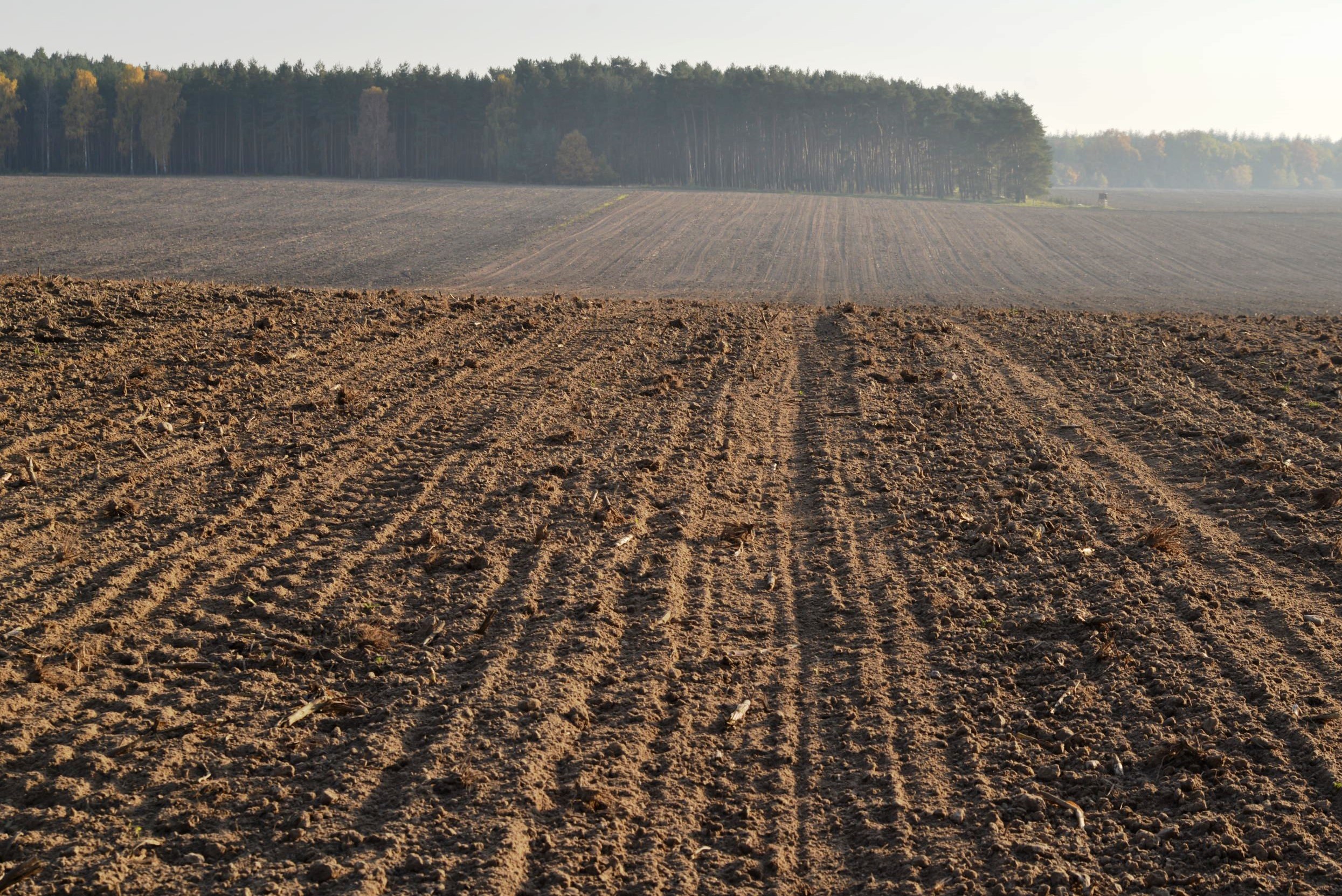Researching for a sustainable primary production
The research program is dedicated to site-specific sustainable intensification in the area of primary agricultural production all the way to harvesting.
Our research ranges from a comprehensive online data collection to modelling and process control. Technological and process engineering tasks include sensor-based technologies for precision farming and precision horticulture, the modelling of emissions and of the microclimate in naturally ventilated barn systems as well as the interaction between housing environment and animal welfare. The system assessment is analysing interactions and effects in relation to environment and economy. Here, we concentrate on nitrogen, greenhouse gases and water.
One focus of our research is to develop and apply sensors for assessing the condition of soils, plants and animals. Information on system parameters such as nutrient supply, plant growth, disease pressure, climatic conditions, water demand, respiratory rate, heat stress, fruit ripeness or others can be recorded. Information collected in-situ integrates into the development of complex physiological and physical models. Online analysis is an essential element of individual and flexible process control.
Precision crop production
Crop production is of central importance for the bio-economy: plant biomass not only provides food and animal feed, but is also the basis for bio-based materials and energy.
The global sustainability goals outline the current challenges for precision crop production: to increase productivity while using natural resources in a sustainable manner, to preserve biodiversity, ecosystems, soil fertility and natural habitats, to reduce the impact of invasive species and to ensure that chemicals are managed in an environmentally sound manner.
We are thus working on solutions for sensor-supported local resource management in precision agriculture and precision horticulture. The aim of our research is to increase the efficiency of plant production, in particular by means of adaptive process control and the development of technical solutions for individualized plant production, thus reducing consumption of natural resources, the use of chemicals and of emissions.
Innovative sensor technologies are opening up new possibilities in the field of data acquisition (information and communication technology, telemetry and robotics), processing (Big Data) and analysis of data (genomics, phenomics and bioinformatics). They are fundamental tools in the digital transformation process that agriculture is facing. The information obtained is used to develop complex physiological and physical models that enable precise control of production processes in the sense of a sustainable intensification.
Livestock Management
Animal husbandry concepts should integrate the three pillars of sustainability - environment, society and economy. Solutions have to be found in the area of conflicting interests. While the public's desire for improved animal welfare and more environmental protection is growing, the economic imperatives for the survival of farmers must also be taken into account to ensure that innovative processes can find their way into practice.
We therefore focus our application-oriented basic research in animal husbandry on the improvement of animal welfare, housing environment, animal and environmental protection and on maintaining economic competitiveness. Our goals are: objective animal welfare standards, concepts for solving environmental conflicts, transparent animal husbandry, consumer acceptance and added value from a regional production.
To the team of the research program 'Precision farming in crop and livestock management'
Research projects
-
Rural areas and agriculture are facing major economic, social and environmental challenges regarding climate change, biodiversity loss and water supply. As a consequence, there is a need for new or improved innovative bu…
-
-
In the field of computer vision, Vision Foundation Models (VFM) have set new standards in visual tasks for understanding visual data, e.g. for image and object recognition, segmentation and classification, e.g. CLIP, SAM…
-
The rapid loss of biodiversity and ongoing climate change are also the result of intensive agriculture. At the same time, they threaten agriculture and food security. The Leibniz Lab Systemic Sustainability brings togeth…
-
The Leibniz Lab Pandemic Preparedness addresses the most pressing questions on how to deal with future pandemics. It combines expertise from different disciplines with practical knowledge to develop evidence-based strate…
More projects within the research program 'Precision farming in crop and livestock production'
Publications of the program
- Hobart, M.; Pflanz, M.; Tsoulias, N.; Weltzien, C.; Kopetzky, M.; Schirrmann, M. (2025): Fruit Detection and Yield Mass Estimation from a UAV Based RGB Dense Cloud for an Apple Orchard. Drones. (1): p. 60. Online: https://doi.org/10.3390/drones9010060 1.0
- (2025): The need for an individual-based global change ecology. Individual-based Ecology. (1): p. 148200. Online: https://doi.org/10.3897/ibe.1.148200 1.0
- Uhlott, J.; Sennhenn, A.; Möller, M. (2024): FAIRagro Survey: Data quality in the application of agricultural system data. Zenodo. : p. 1-60. Online: https://doi.org/10.5281/zenodo.11612449 1.0
- Janke, D.; Bornwin, M.; Coorevits, K.; Hempel, S.; van Overbeke, P.; Demeyer, P.; Rawat, A.; Declerck, A.; Amon, T.; Amon, B. (2023): A low-cost wireless sensor network for barn climate and emission monitoring. Atmosphere. (14): p. 1643. Online: https://www.mdpi.com/2073-4433/14/11/1643 1.0
- Gautam, S.; Höhne, M.; Hansen, S.; Jenssen, R.; Kampffmeyer, M. (2023): This looks More Like that: Enhancing Self-Explaining Models by Prototypical Relevance Propagation. Pattern Recognition. (April): p. 109172. Online: https://doi.org/10.1016/j.patcog.2022.109172 1.0
- Kim, J.; Savolainen, T.; Voitsik, P.; Kravchenko, E.; Lisakov, M.; Kovalev, Y.; Müller, H.; Lobanov, A.; Sokolovsky, K.; Bruni, G.; Edwards, P.; Reynolds, C.; Bach, U.; Gurvits, L.; Krichbaum, T.; Hada, K.; Giroletti, M.; Orienti, M.; Anderson, J.; Lee, S.; Sohn, B.; Zensus, J. (2023): RadioAstron Space VLBI Imaging of the jet in M87: I. Detection of high brightness temperature at 22 GHz. arXiv. : p. 1-27. Online: https://doi.org/10.48550/arXiv.2304.09816 1.0
- Kim, J.; Savolainen, T.; Voitsik, P.; Kravchenko, E.; Lisakov, M.; Kovalev, Y.; Müller, H.; Lobanov, A.; Sokolovsky, K.; Bruni, G.; Edwards, P.; Reynolds, C.; Bach, U.; Gurvits, L.; Krichbaum, T.; Hada, K.; Giroletti, M.; Orienti, M.; Anderson, J.; Lee, S.; Sohn, B.; Zensus, J. (2023): RadioAstron Space VLBI Imaging of the Jet in M87. I. Detection of High Brightness Temperature at 22 GHz. The Astrophysical Journal. (1): p. 1-17. Online: https://doi.org/10.3847/1538-4357/accf17 1.0
- Savolainen, T.; Giovannini, G.; Kovalev, Y.; Perucho, M.; Anderson, J.; Bruni, G.; Edwards, P.; Fuentes, A.; Giroletti, M.; Gómez, J.; Hada, K.; Lee, S.; Lisakov, M.; Lobanov, A.; López-Miralles, J.; Orienti, M.; Petrov, L.; Plavin, A.; Sohn, B.; Sokolovsky, K.; Voitsik, P.; Zensus, J. (2023): RadioAstron discovery of a mini-cocoon around the restarted parsec-scale jet in 3C 84*. Astronomy & Astrophysics (A&A). (August): p. 1-29. Online: https://doi.org/10.1051/0004-6361/202142594 1.0
- Hanfeld, P.; Höhne, M.; Bussmann, M.; Hönig, W. (2023): Flying Adversarial Patches: Manipulating the Behavior of Deep Learning-based Autonomous Multirotors. arXiv. : p. 1-6. Online: https://doi.org/10.48550/arXiv.2305.12859 1.0
- Hanfeld, P.; Wahba, K.; Höhne, M.; Bussmann, M.; Hönig, W. (2023): Kidnapping Deep Learning-based Multirotors using Optimized Flying Adversarial Patches. arXiv. : p. 1-7. Online: https://doi.org/10.48550/arXiv.2308.00344 1.0
More publications of the research program

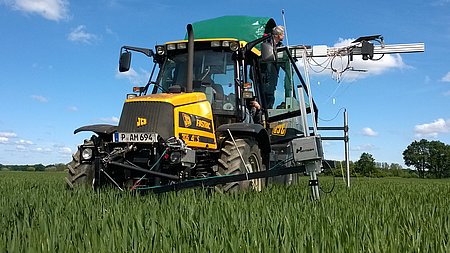
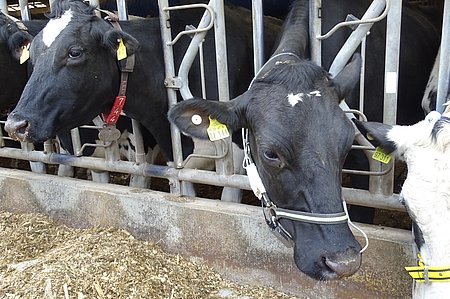


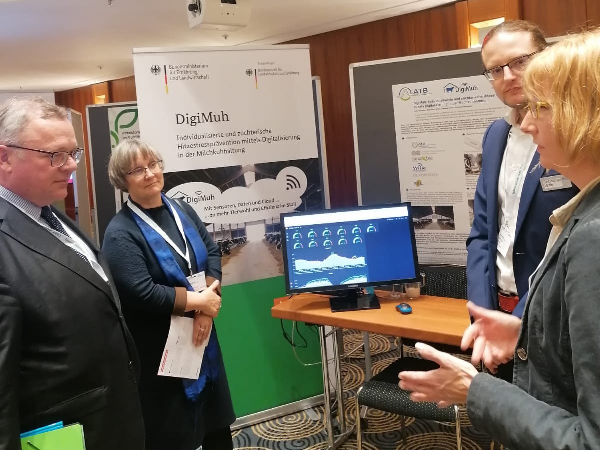
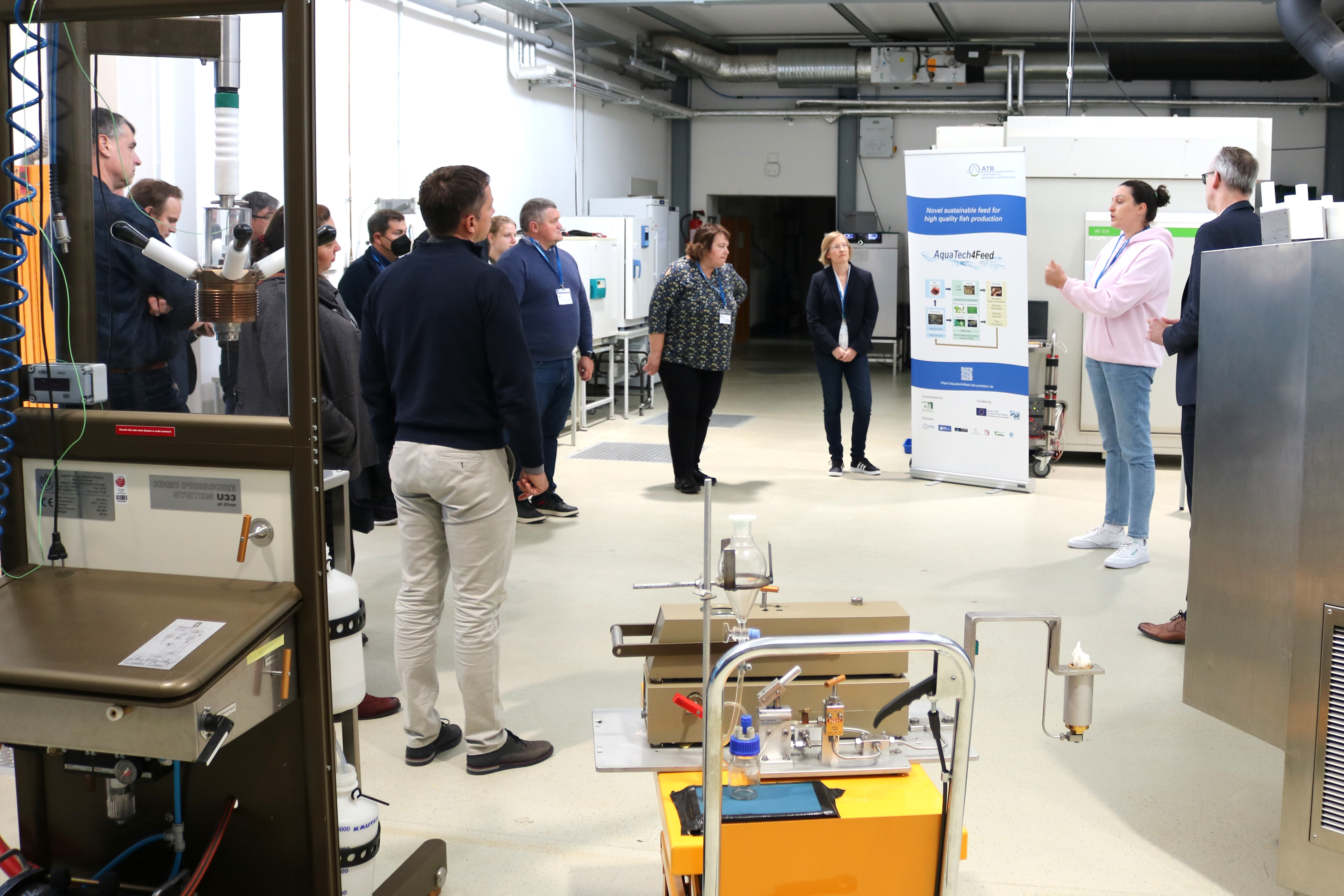
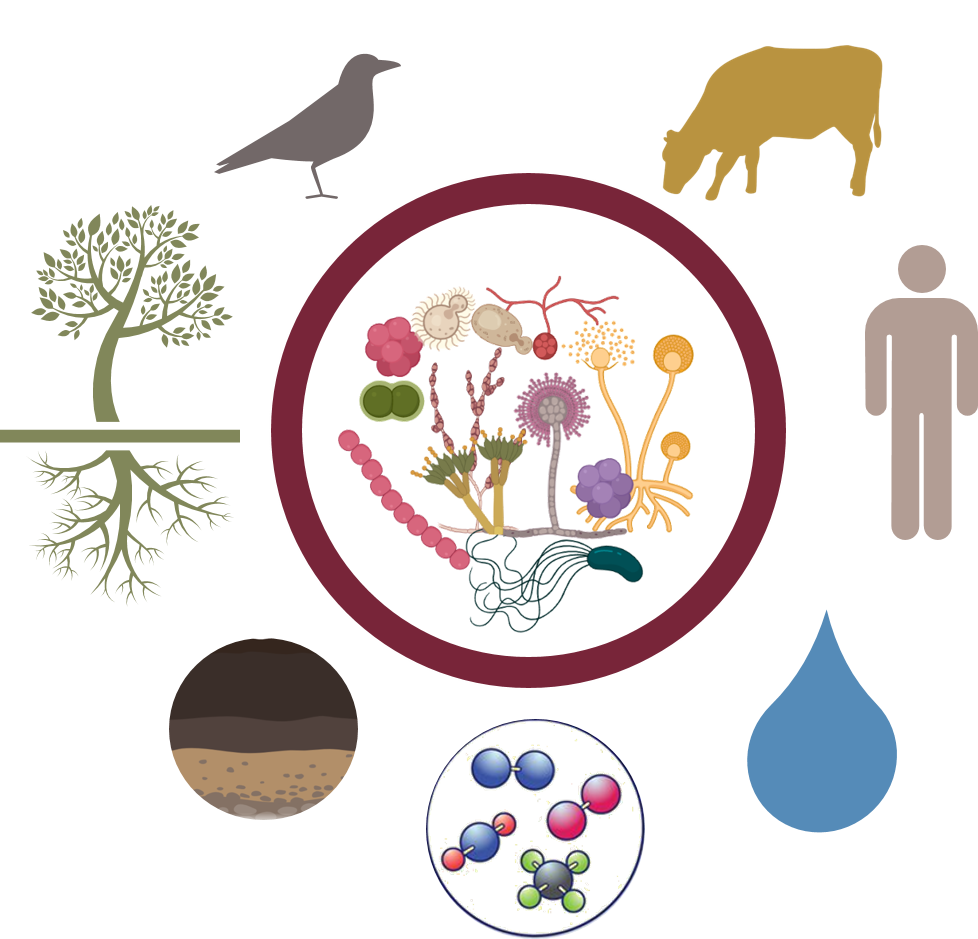
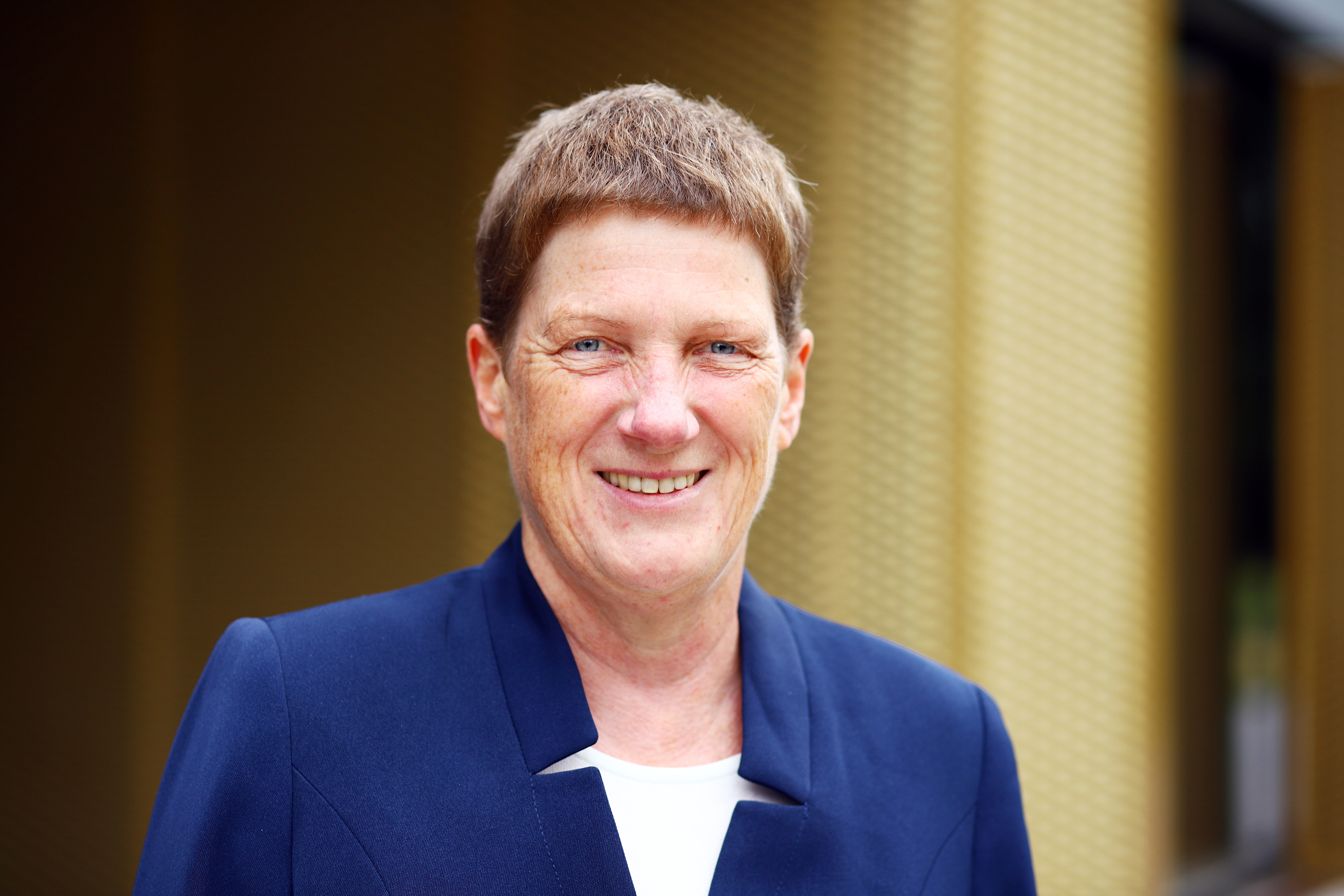
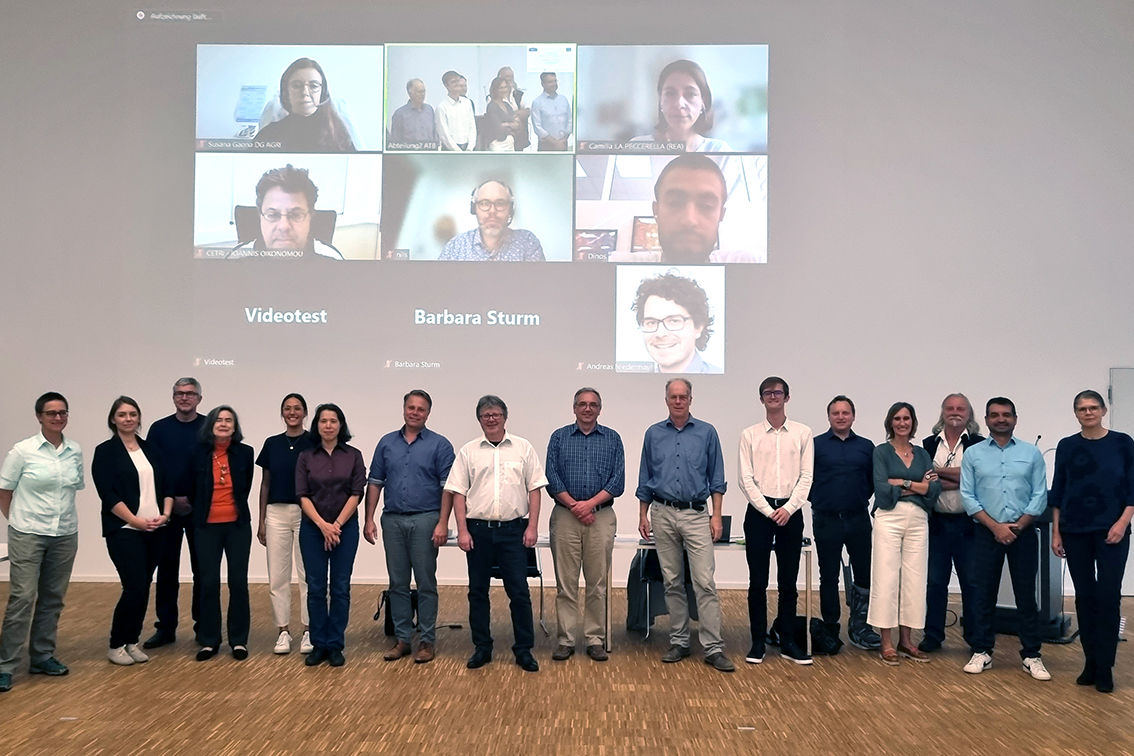
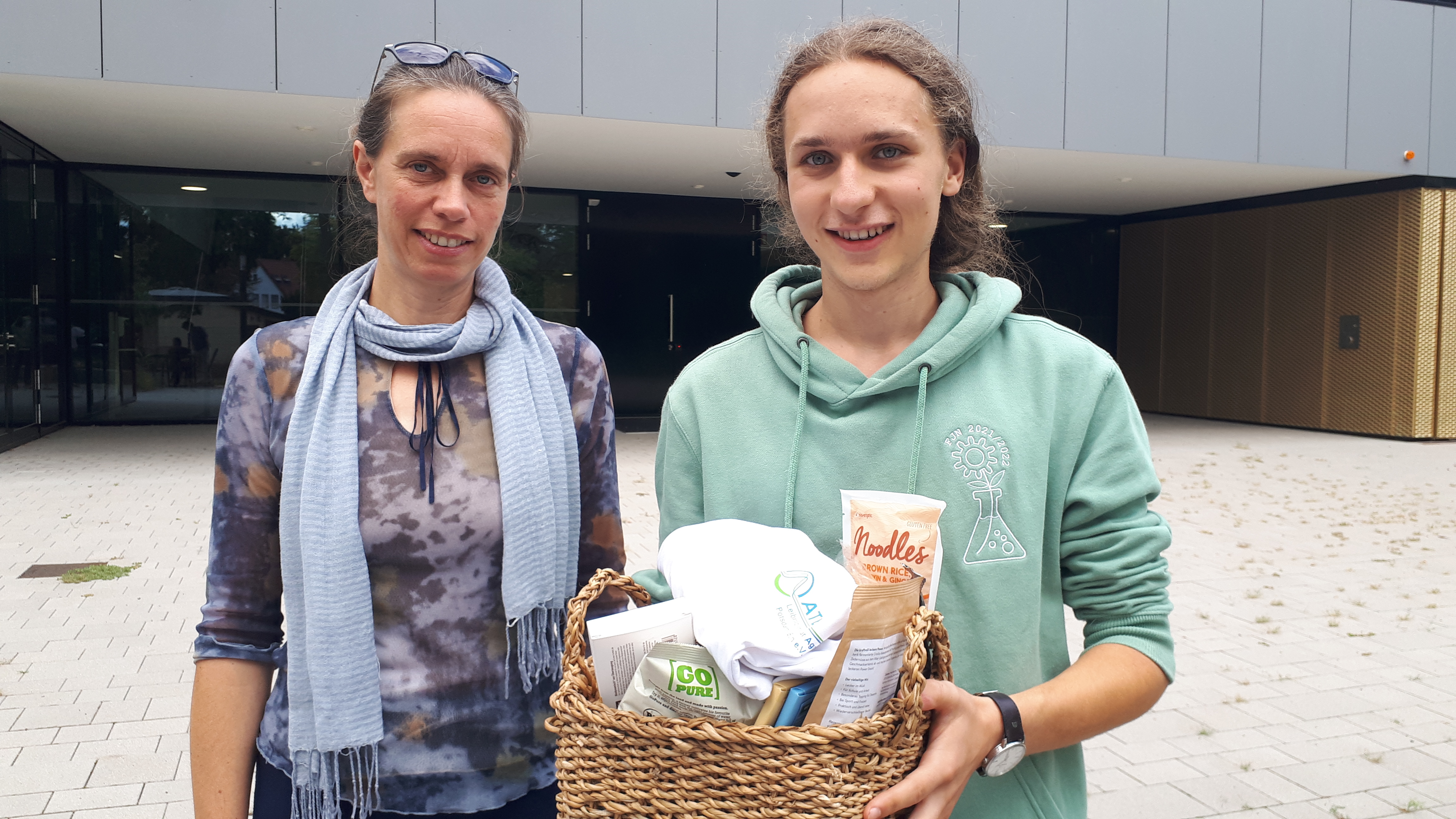
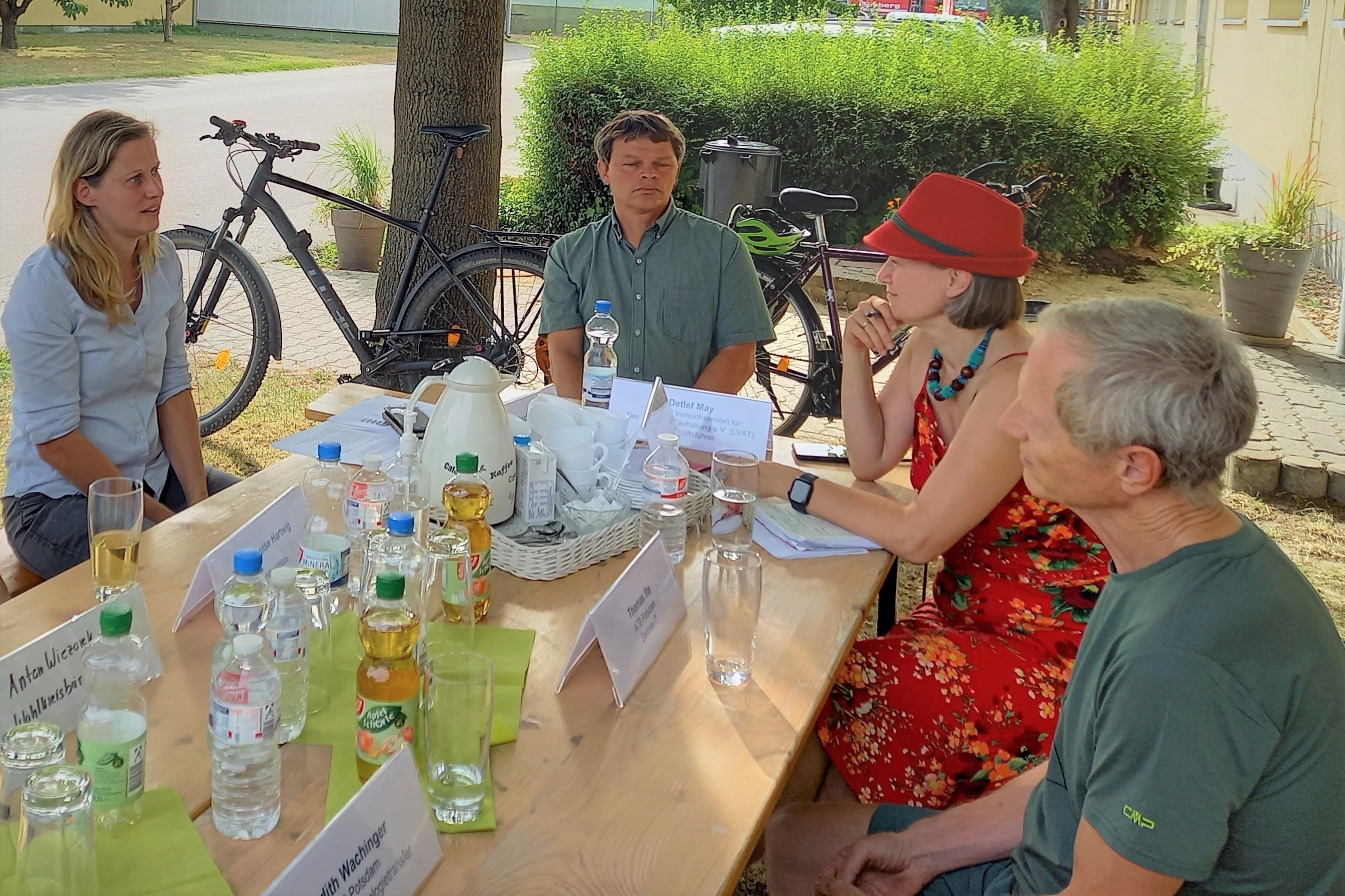

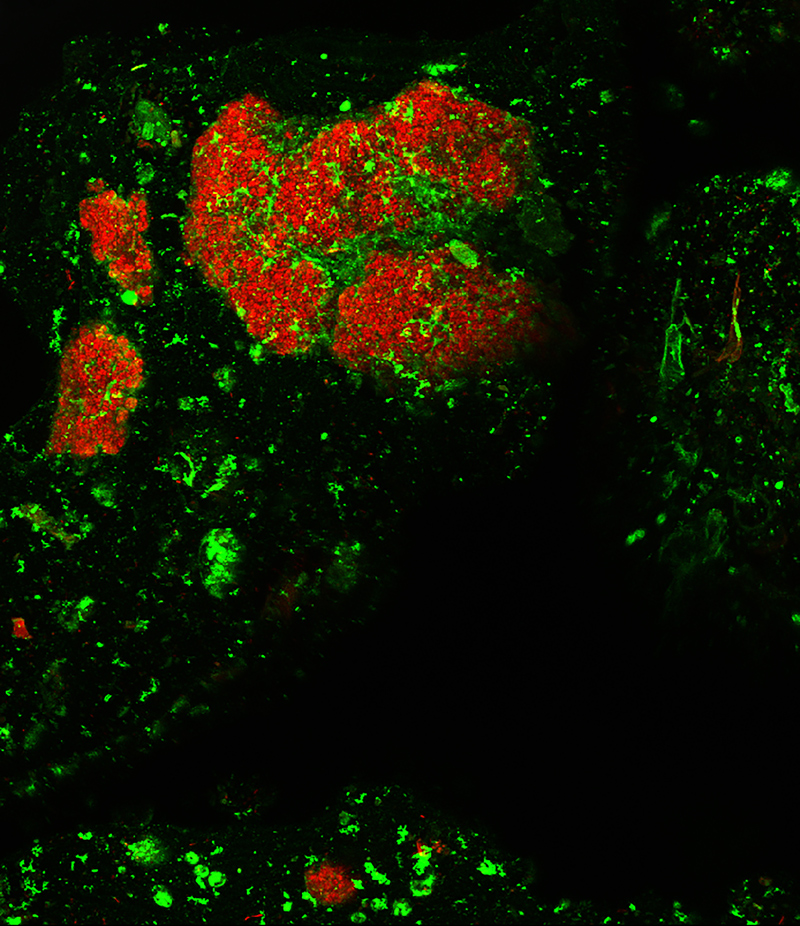
![[Translate to English:] [Translate to English:]](/fileadmin/generell/presse/Hopfen_AdobeStock_283385995.jpeg)

